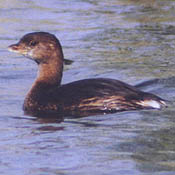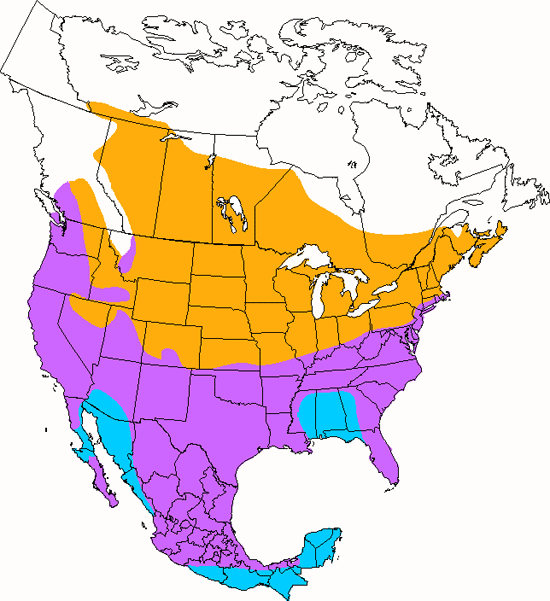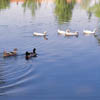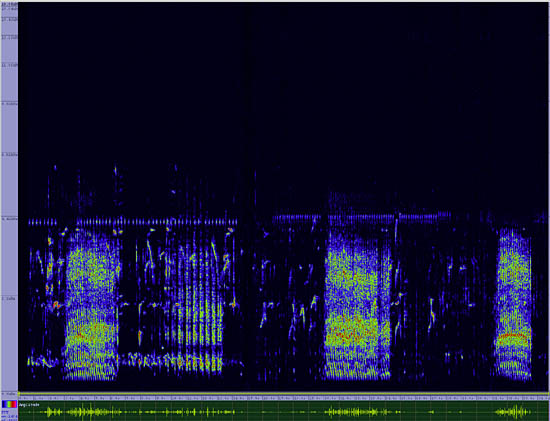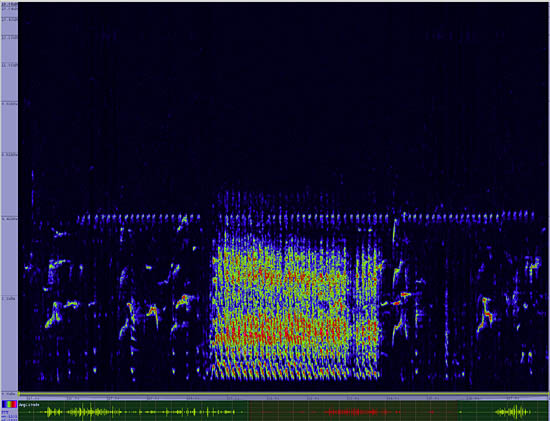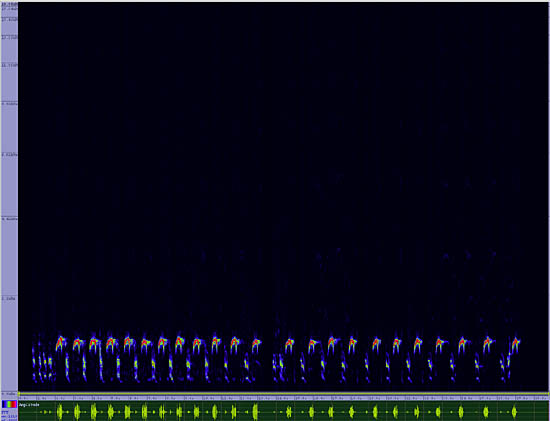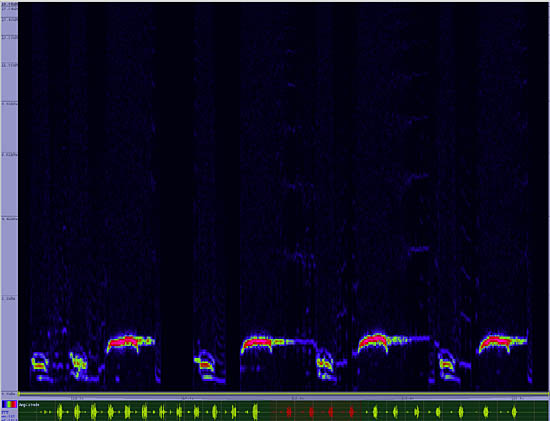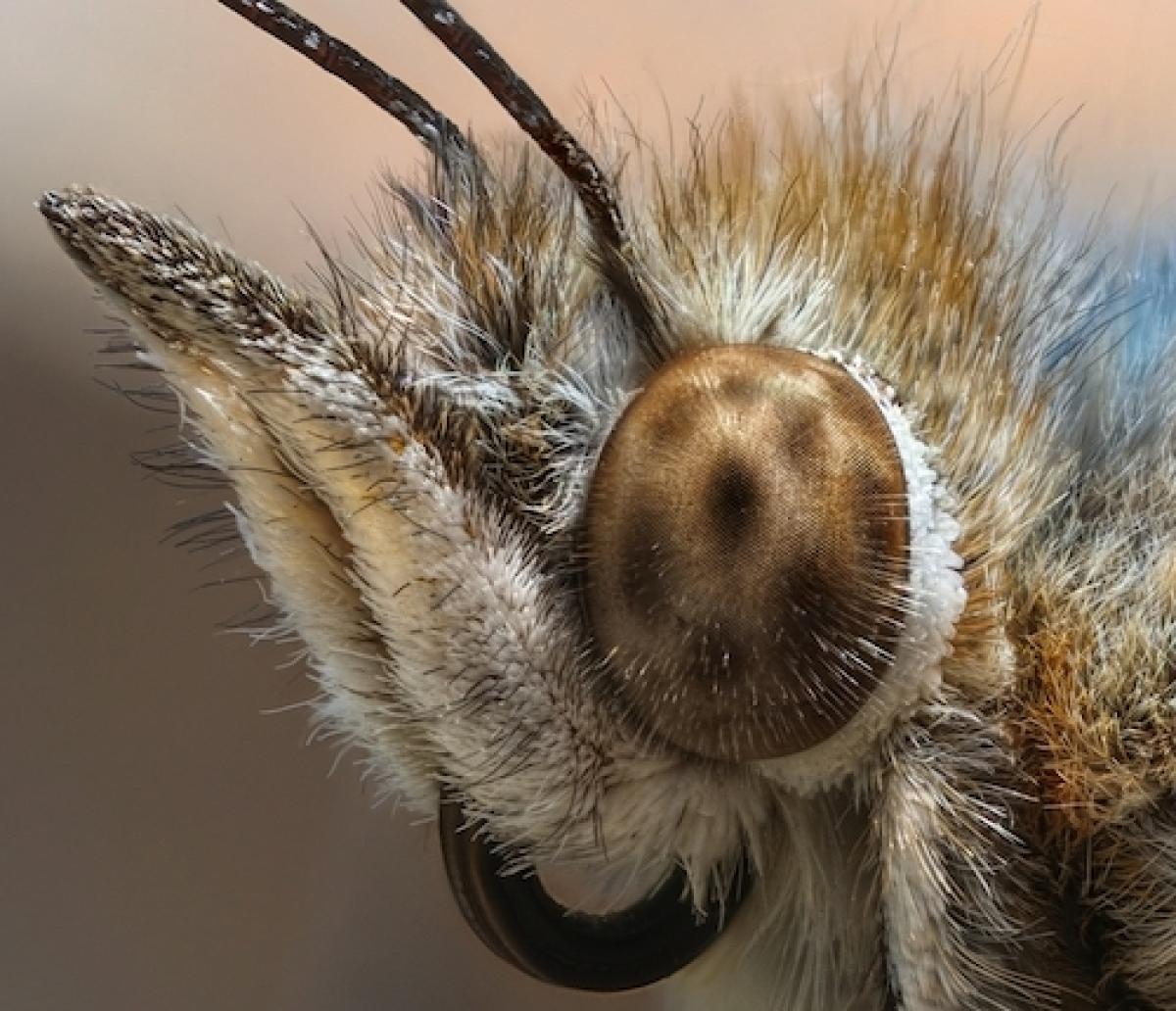Pied-billed Grebe
Podilymbus podiceps

Duck Like
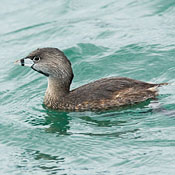
Length: 12 in. (31 cm )
The Pied-billed Grebe is almost always found alone or as a solitary pair on freshwater ponds, quiet streams and marshes. However, in the winter they occasionally occur in small loose flocks in saltwater estuaries and bays. As is typical of all grebes, this species dives for its food, which is primarily fish, crustaceans and aquatic insects. They often will have two broods in a year, and the nest is a semi-floating affair attached to vegetation. After hatching, the young are very active and often can be found riding on their parents\ backs.'
The four-digit banding code is PBGR.
Bibliographic details:
- Article: Pied-billed Grebe
- Author(s): Dr. Biology
- Publisher: Arizona State University School of Life Sciences Ask A Biologist
- Site name: ASU - Ask A Biologist
- Date published: 13 Jul, 2017
- Date accessed: 8 October, 2025
- Link: https://askabiologist.asu.edu/activities/bird/pied-billed-grebe
APA Style
Dr. Biology. (Thu, 07/13/2017 - 15:37). Pied-billed Grebe. ASU - Ask A Biologist. Retrieved from https://askabiologist.asu.edu/activities/bird/pied-billed-grebe
Chicago Manual of Style
Dr. Biology. "Pied-billed Grebe". ASU - Ask A Biologist. 13 Jul 2017. https://askabiologist.asu.edu/activities/bird/pied-billed-grebe
MLA 2017 Style
Dr. Biology. "Pied-billed Grebe". ASU - Ask A Biologist. 13 Jul 2017. ASU - Ask A Biologist, Web. https://askabiologist.asu.edu/activities/bird/pied-billed-grebe
Be Part of
Ask A Biologist
By volunteering, or simply sending us feedback on the site. Scientists, teachers, writers, illustrators, and translators are all important to the program. If you are interested in helping with the website we have a Volunteers page to get the process started.



